In order to make the right decisions about your industry, you must know a lot about the industry. Therefore, it is necessary to research your competitors before starting a marketing activity or product development. If you are new to the market and are looking for a place in the competitive environment, doing competitor research will give you data on positioning, product development, and marketing.
The competitor analysis tool will help you with these subjects,
- To understand how to differentiate your product from others and stand out in the market
- To win your competitors’ customers
- To discover the interests of the target audience
- Spot connection opportunity
- Developing your content strategy
- To monitor your competitors’ advertising campaigns
- To avoid losses
- Explore keyword opportunities
- Predicting your opponents’ movements
- To detect emerging threats
- To identify the gaps
- Evaluating the performance of your business
- Identifying market opportunities
There are many areas of business that you can analyze online, such as social media pages, marketing campaigns, brand awareness, sentiment, SEO performance, paid ads, and backlinks.
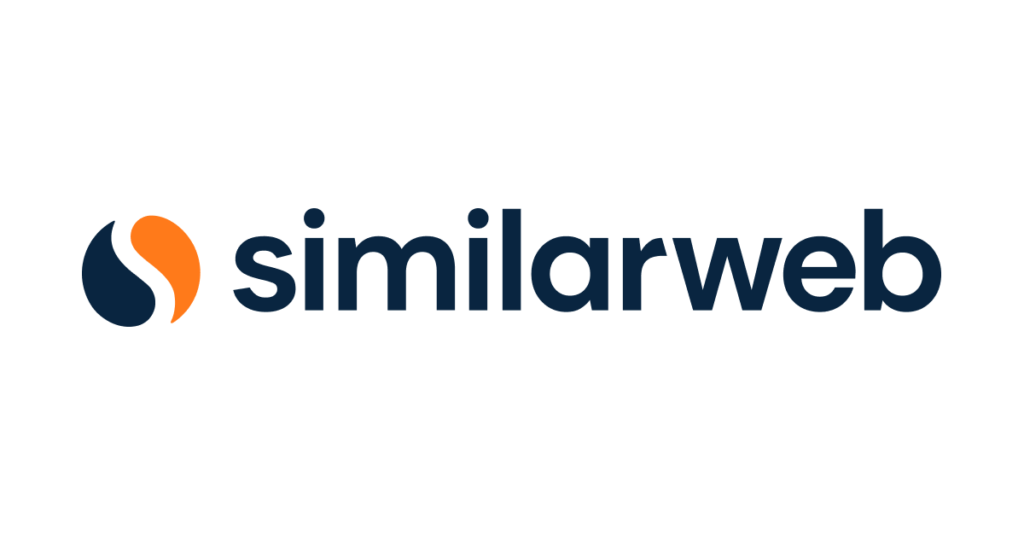
Similar Web
Similar Web is one of the best analytics tools. It is a tool that requires a paid version for search traffic analysis and many other features. With Similar Web, you can easily predict the steps your competitors will take.
-Traffic volume: You can estimate your competitors’ market share when it comes to website traffic.
-Traffic sources: This information can tell you the amount your competitors are getting traffic between paid acquisition, referral, and organic traffic.
-Displaying ads: You can see which ads and where these ads are active.
If you want to compare how your website is performing with your competitors, you must first enter your site address. Next, type in your competitor’s web address. The free-to-use version of the tool allows you to see the overall ranking, country ranking, and category ranking. With the free version of Similar Web, you get an overview of the traffic. It allows you to see the differences between you and your competitors in terms of traffic sources. Such as, if you see that your competitor outperforms you in organic traffic, you can focus your efforts on social traffic. In order to do this, you must address the demands and needs of your target audience and you can make your content more shareable. In addition, it will increase your traffic direction, increase your brand awareness and help you build authority. As a long-term advantage, Google bot will contribute to your SEO reputation, as it likes content that interests its readers.
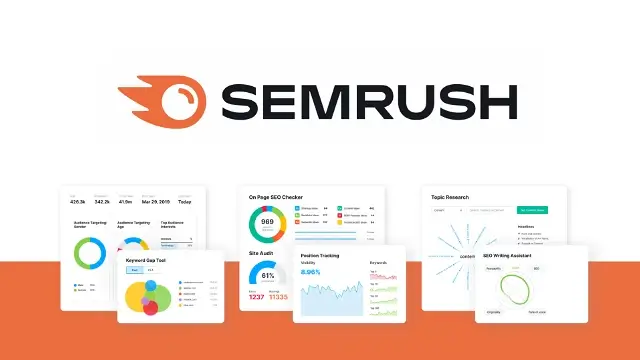
SEMrush
SEMrush is a keyword tool you can use to analyze competitors if you want to compete on the Google search engine. Search engine optimization (SEO) is a core component of marketing efforts because the quality and performance of the content your website contains determine how visible your website is in the search engine used for potential customers. It is the best method for you prefer to gain organic users and promote your brand organically. SEMrush is the most accurate tool you can use to examine your competitors’ SEO performance. For example,
-Traffic
-Organic keywords they rank for
-The backlinks they get
-New and lost keywords
-External links to websites
-Increases and decreases in rankings
-Top-performing sites
-Paid keywords
-keyword trends
-Traffic sources
With SEMrush, you can get organic keywords about your competitor. This way, you can see the keywords of your competitor are ranking for certain URLs.
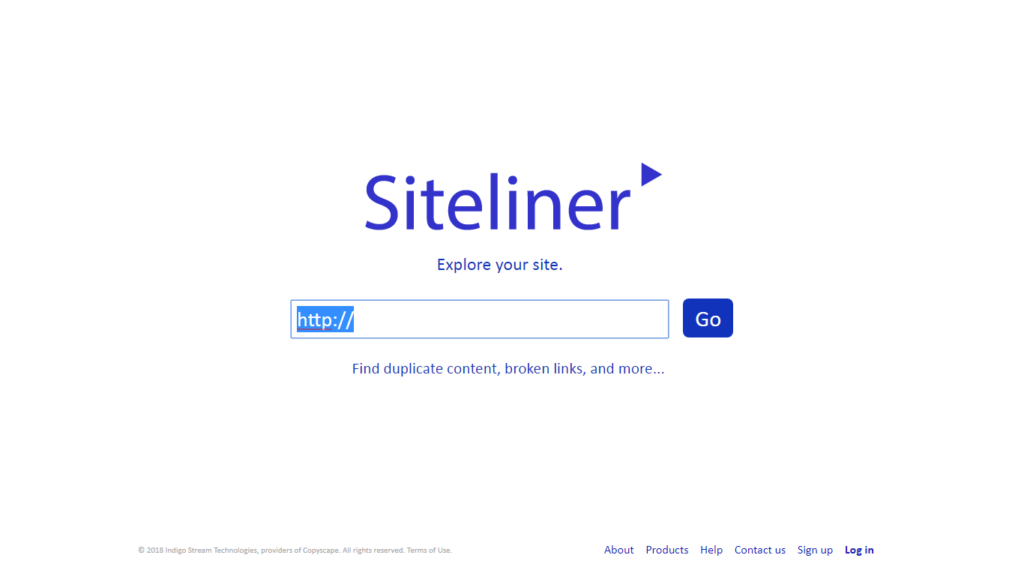
Siteliner
Siteliner is another competitor analysis tool, you can get technical information about the technical performance of your competitors. Technical features affect the ranking of the website. Using Siteliner, you can discover weaknesses in competitors’ website performance. For example, with this data, you can connect to broken links of your competitors. A lack of links in your content will not rank high on Google, as link building greatly affects browser limitations. Siteliner’s free version allows you to analyze up to 250 pages in a single domain.
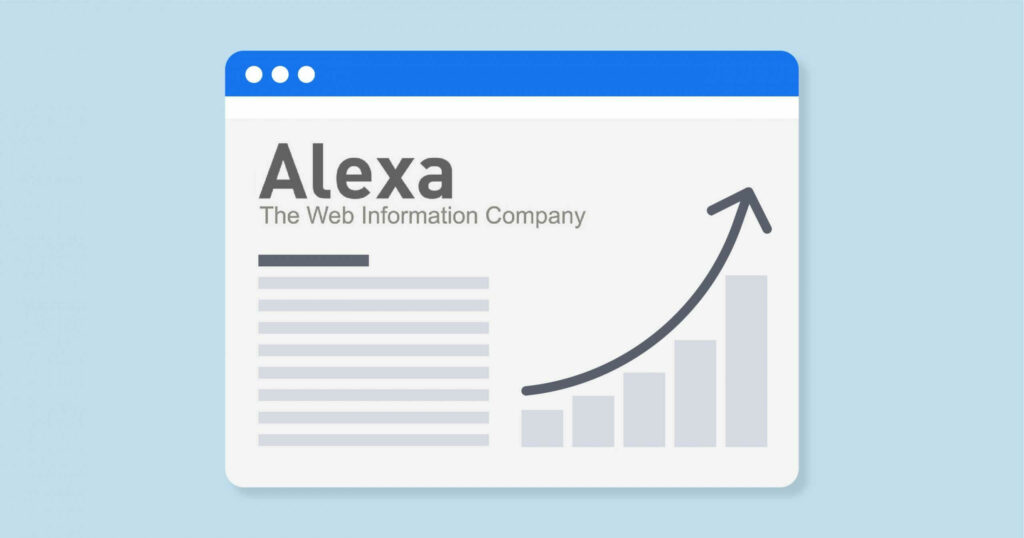
Alexa
Alexa is SEO and competitive intelligence software. It has different modules such as Keyword Research, Competitive Website Analysis, SEO Analysis, and Audience Analysis. The most important of these is Target Audience analysis. Discovering the target audience of competitors gives you information about the competitive environment you are entering. Audience analysis is a useful data source in many situations. For example, customer profile, content strategy, paid traffic targeting, etc.
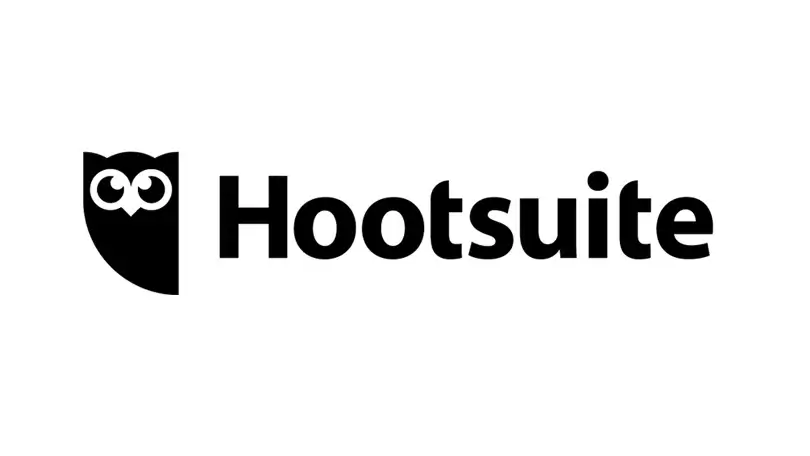
Hootsuite
It is one of the most well-known social media analysis tools by people. It allows businesses to follow the performance of their profiles on 35 social media platforms. Using Hootsuite helps you fully monitor your competitors’ social media activities. With Hootsuite, you can see how the audiences are contacted, what type of content is published, whether they are organizing a new event, and how the organized marketing campaigns affect the audience.

Which competitor analysis tool should you choose?
There is no single solution that can give you the whole solution. Thanks to competitive analysis, you can have data about your competitors. This data will make your business easier on the road to industry leadership in different areas. Such as Search rank and keyword rank, Display advertising, Overall business strategy, Market share, and more.
Competition analysis is an important issue that should not be ignored today. If you want to be one of the industry leaders, increase your market share and keep your competitive environment under control, you should use one of these analysis tools to facilitate the process.


